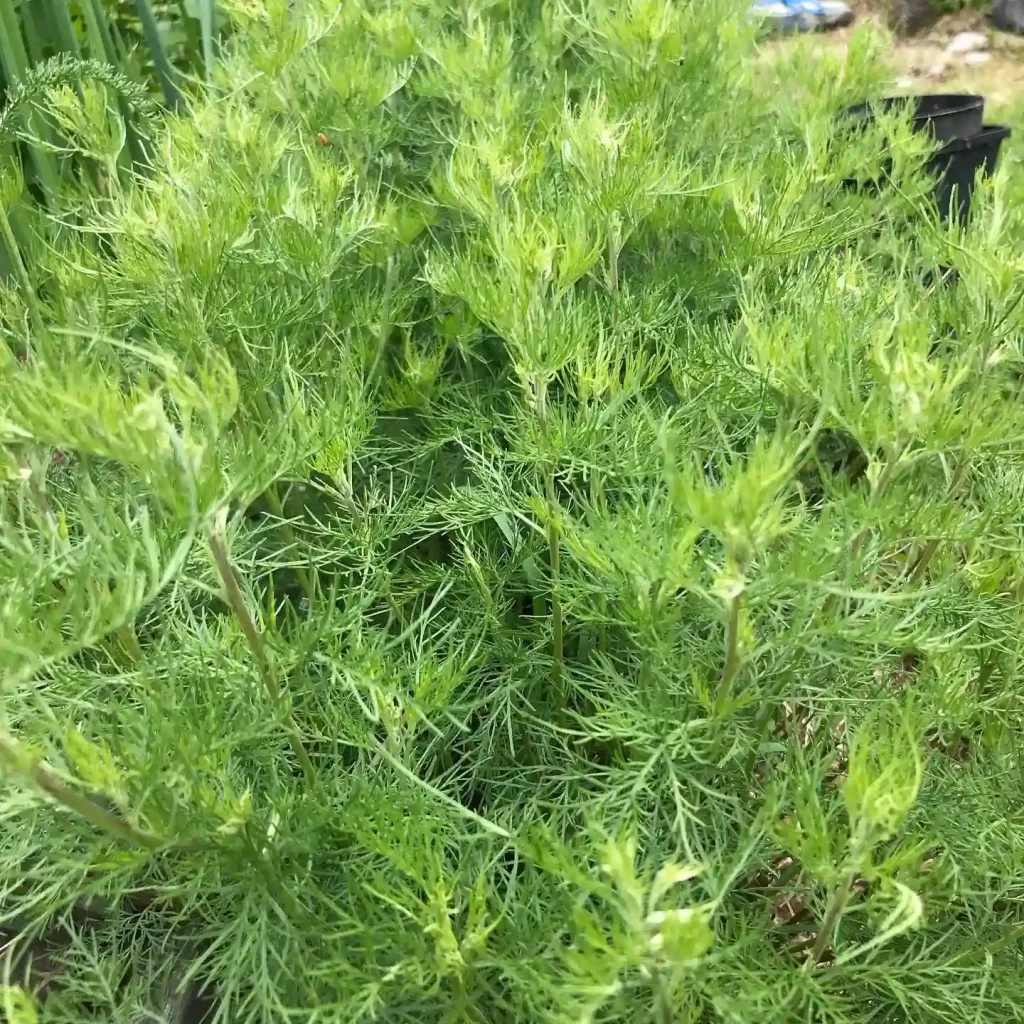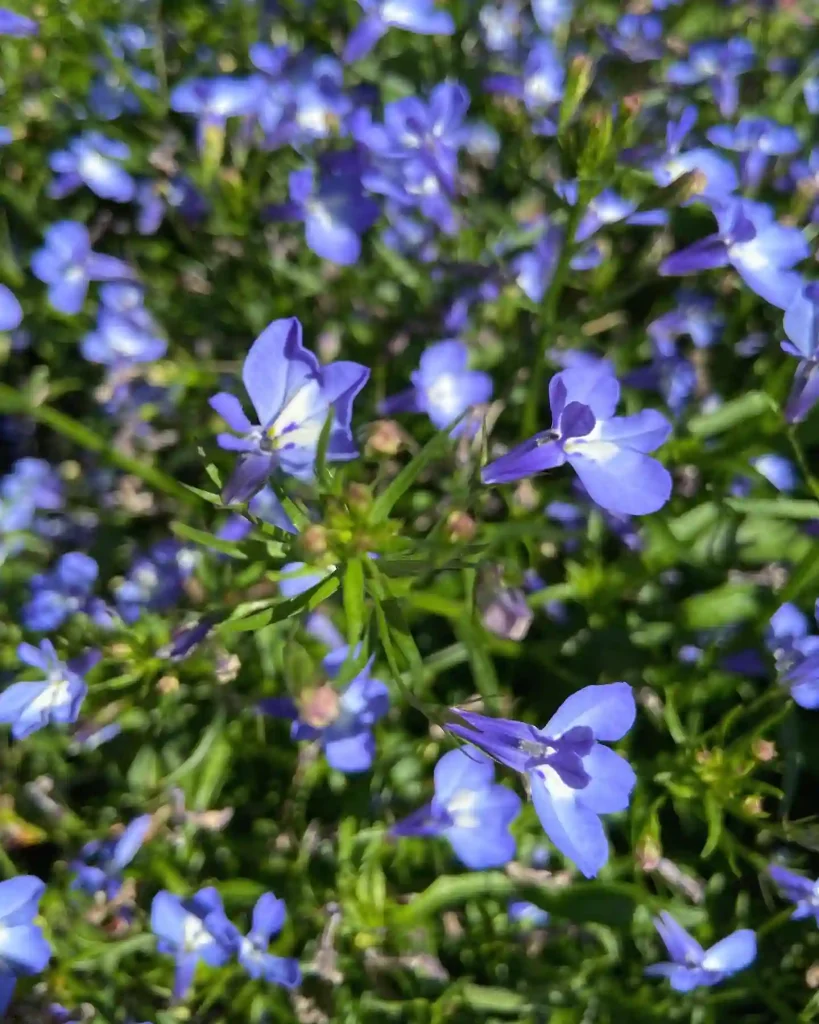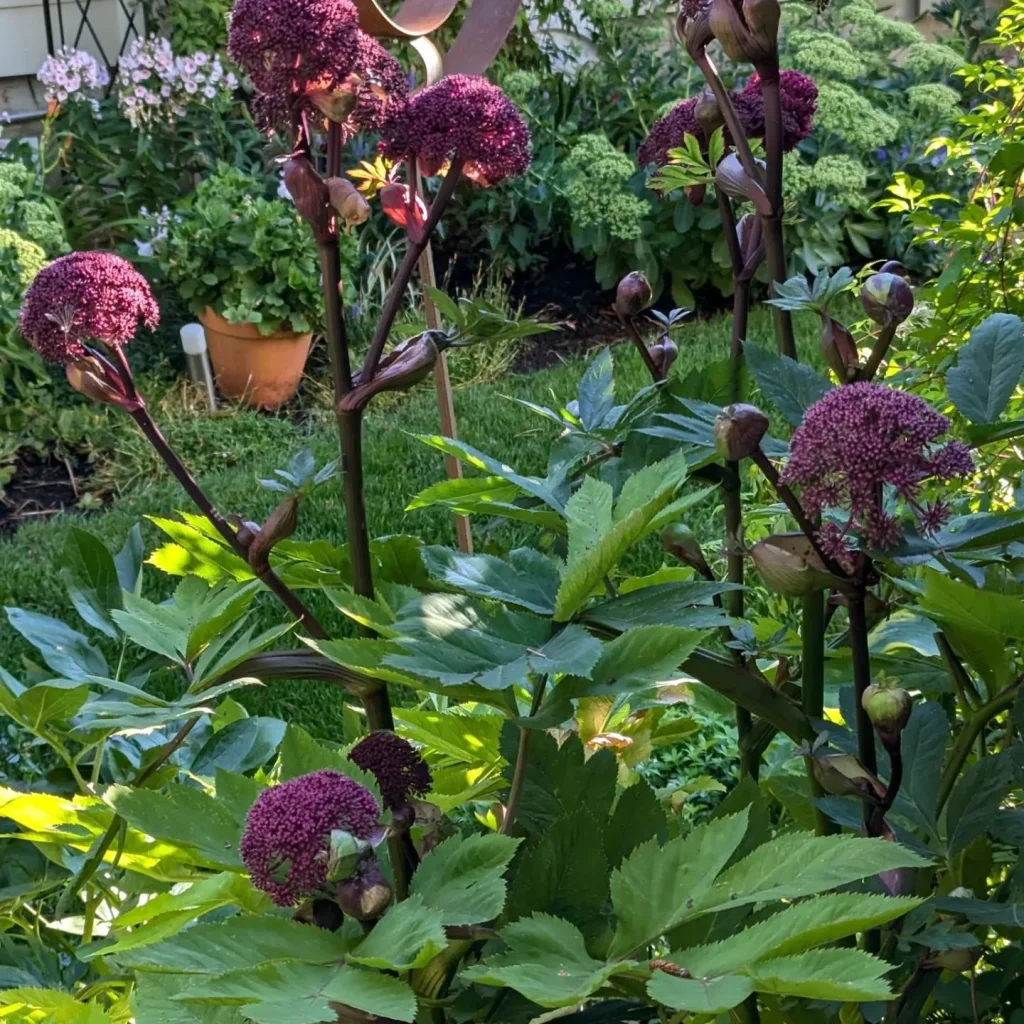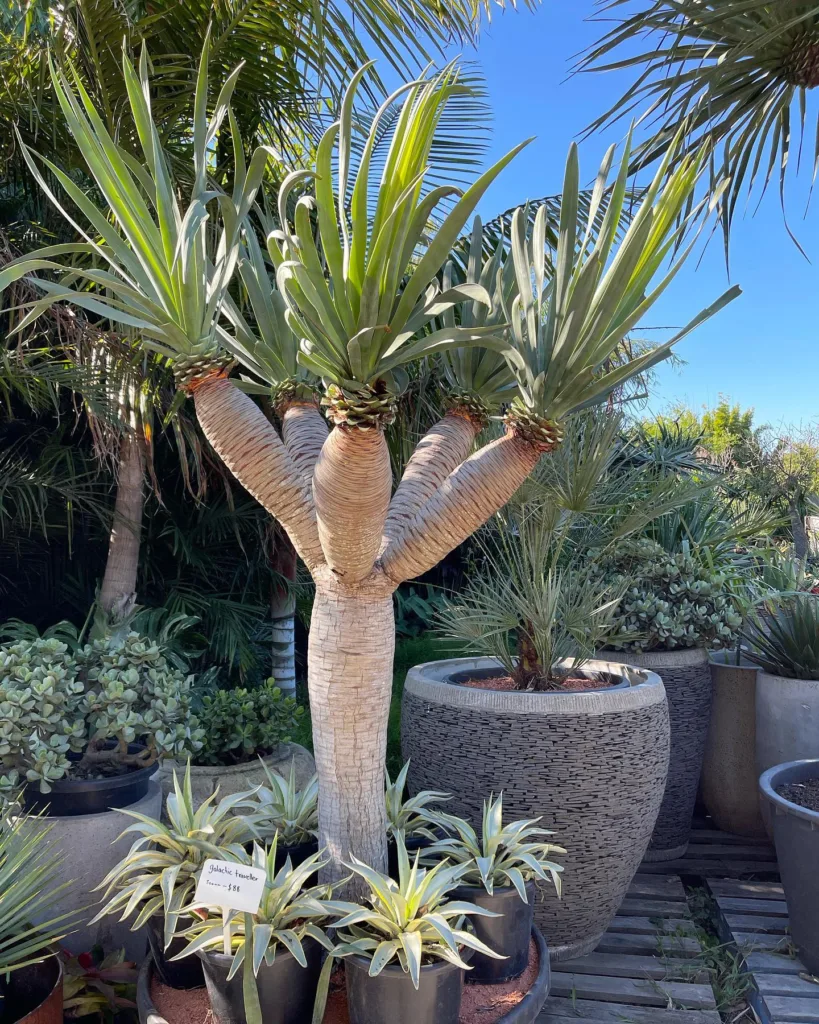
FAQs About Carex Radiata
As an avid plant enthusiast, I often find myself drawn to unique species that offer both beauty and functionality in the garden. One such plant is Carex Radiata, also known as Eastern Star Sedge. Its lush green foliage and graceful habit make it a fantastic addition to various landscapes. In this article, I’ll address some frequently asked questions about Carex Radiata, providing insights from my own experiences and research.
2324 Species in Genus Carex
What Is Carex Radiata?
Carex Radiata is a perennial sedge native to North America, particularly found in wetlands and moist woodlands. It features arching leaves that can grow up to 24 inches long and forms dense clumps that can spread over time. This plant thrives in partially shaded to fully shaded areas, making it an excellent choice for gardens with dappled light or those that receive minimal direct sun. The delicate flower spikes emerge in late spring to early summer, adding a subtle texture to the landscape.
How to Care for Carex Radiata?
Caring for Carex Radiata is relatively straightforward, and I’ve found it to be quite forgiving in terms of care requirements. Here are some tips that have worked well for me:
- Soil: Ensure the soil is well-draining and rich in organic matter. While it prefers moist conditions, it can tolerate a range of soil types, including sandy or loamy soils.
- Watering: Regular watering is crucial, especially during dry spells. I’ve noticed that keeping the soil consistently moist leads to healthier plants. However, avoid waterlogging, as this can cause root rot.
- Light: This sedge does best in partial to full shade. I’ve planted it under taller trees, where it flourishes without direct sunlight.
- Fertilization: A balanced, slow-release fertilizer applied in early spring can boost growth. I generally opt for organic fertilizers to promote a healthy ecosystem in my garden.
- Pruning: In early spring, I cut back any dead or brown foliage to encourage new growth. This helps maintain the plant’s aesthetic appeal.
How to Propagate Carex Radiata?
Propagating Carex Radiata is quite easy, and I’ve had success with both division and seed methods. Here’s how:
- Division: This is the method I prefer. In early spring or fall, I carefully dig up established clumps and divide them into smaller sections, each with a healthy root system. I then replant them at the same depth in prepared soil.
- Seeds: While I’ve tried collecting seeds, I find that this method can be less reliable. If you do choose to go this route, sow seeds in late winter to early spring in a moist medium.
What to Plant with Carex Radiata?
Carex Radiata pairs beautifully with various companion plants. In my garden, I’ve found that it complements:
- Hostas: The bold leaves of hostas create a lovely contrast with the delicate foliage of Carex.
- Ferns: Their similar light and moisture requirements make ferns like Lady Fern an excellent partner.
- Astilbes: The feathery flower spikes of Astilbes provide a stunning visual contrast against the lush background of Carex Radiata.
Is Carex Radiata Toxic?
One of the appealing aspects of Carex Radiata is that it is non-toxic to pets and humans. I appreciate having plants in my garden that I don’t have to worry about when my pets are around. This makes it a great choice for family gardens or spaces shared with furry friends.
Benefits of Carex Radiata
In addition to its aesthetic appeal, Carex Radiata offers several benefits:
- Erosion Control: Its dense root system helps stabilize soil, making it a good choice for slopes or areas prone to erosion.
- Wildlife Habitat: This sedge attracts various pollinators and provides habitat for beneficial insects.
- Low Maintenance: Once established, Carex Radiata requires minimal care, allowing me to enjoy its beauty without extensive upkeep.
Common Problems with Carex Radiata
While Carex Radiata is generally resilient, I’ve encountered a few common issues:
- Root Rot: This can occur if the plant is overwatered or planted in poorly draining soil. I always check drainage before planting.
- Pests: While not prone to many pests, I’ve occasionally spotted aphids. A gentle spray of water usually takes care of them.
Comparing Carex Radiata with Similar Species
Carex Radiata is often confused with other sedges, such as Carex Pensylvanica and Carex Grayi. Here’s how they compare:
- Carex Pensylvanica: This species prefers drier conditions and has a more upright habit compared to the arching leaves of Carex Radiata.
- Carex Grayi: This sedge has similar growing conditions but tends to be taller and less tolerant of shade.
In conclusion, Carex Radiata is a delightful addition to any garden, offering beauty and practicality. Its low-maintenance nature, non-toxic properties, and ability to thrive in shady areas make it a perfect choice for a variety of landscapes. Whether you’re an experienced gardener or just starting, I highly recommend giving Carex Radiata a try in your own green space!
If i die, water my plants!



